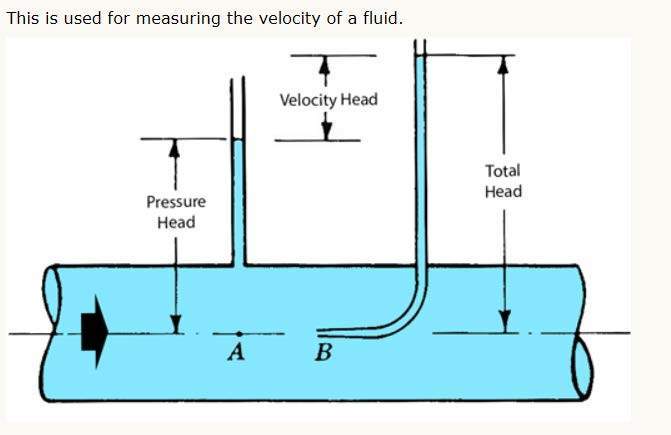Hope you can help me with the following question. In a system that has a positive displacement pump supplying 500 liters/min of water into 3 inch tubing, how can I calculate the increase in a pressure that would occur if suddenly the flow was diverted to a 1/2 inch tubing diameter. Attached please find a diagram of the system.
I calculate that the velocity in the 3 inch tubing would be approximately 2 m/s; while for the same volumetric flow the velocity in the 0.5 inch tubing would be 120 m/sec.
If I were to have a manometer in the discharge of the pump (P1), I would assume that the pressure that I would read when the system is flowing through the 3 inch tubing will be much lower than when the system would switch to the 0.5 inch tubing. Since I have a positive displacement pump the volumetric flow rate would still be the same at 500 liters/min (or close to it since more slippage might occur).
The pressure relief valve in the pump is set to 8 barg so I want to calculate if when switching to the 0.5 inch tubing the pressure will cause the pressure relief valve to open or not.
Thanks in advance for any help / guidance you can provide.
I calculate that the velocity in the 3 inch tubing would be approximately 2 m/s; while for the same volumetric flow the velocity in the 0.5 inch tubing would be 120 m/sec.
If I were to have a manometer in the discharge of the pump (P1), I would assume that the pressure that I would read when the system is flowing through the 3 inch tubing will be much lower than when the system would switch to the 0.5 inch tubing. Since I have a positive displacement pump the volumetric flow rate would still be the same at 500 liters/min (or close to it since more slippage might occur).
The pressure relief valve in the pump is set to 8 barg so I want to calculate if when switching to the 0.5 inch tubing the pressure will cause the pressure relief valve to open or not.
Thanks in advance for any help / guidance you can provide.

